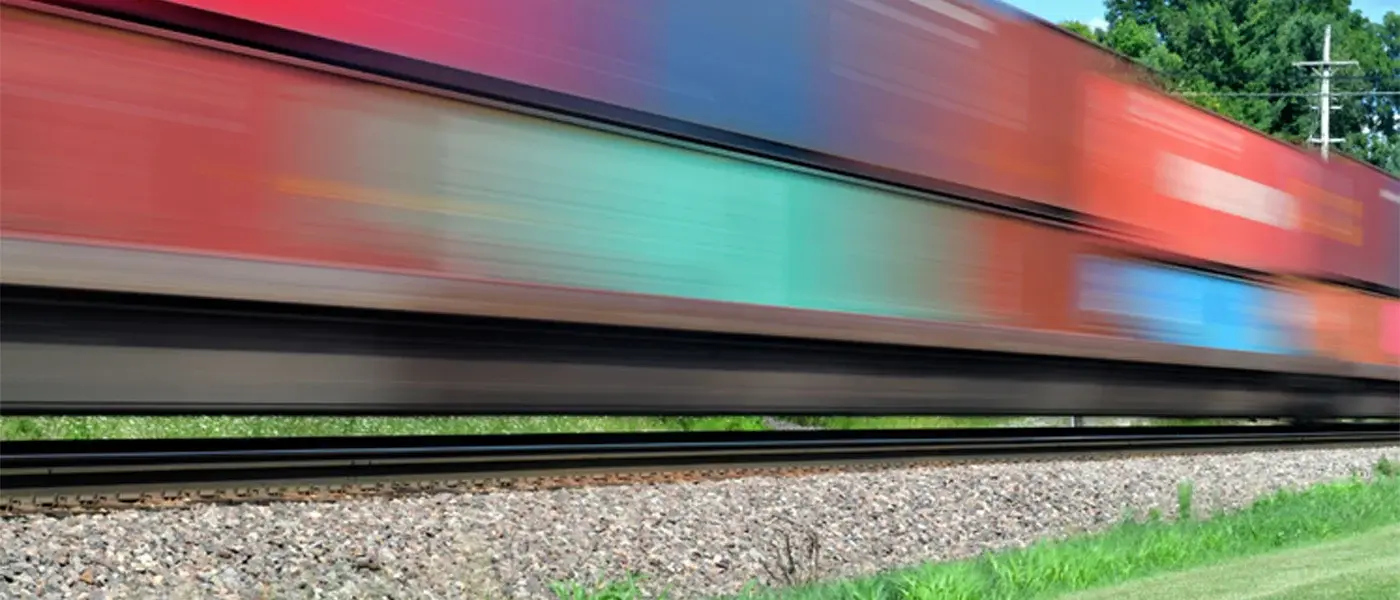4 Steps to Avoid Rail Demurrage Fees
Many companies leverage rail as a shipping method due to its sustainability, safety, and often lower cost. Yet, demurrage fees often raise the price of rail shipping significantly—and eat into your bottom line.
What is demurrage?
Demurrage is a fee charged by railroads when railcars take longer to load or unload than permitted by the railcar usage terms. The allotted time before demurrage is charged is known as “free time.” Usually, shippers have 24 hours for loading and 48 hours for unloading after the railroad places the car at the facility. If a company takes longer than that to load or unload, then demurrage charges apply for each extra day the car is held.
Demurrage incentivizes shippers to return cars in a timely manner. Railcars are notoriously expensive assets, and they only generate revenue for owners when in service.
How is demurrage measured?
The demurrage cycle starts with one of two types of placement event types, the constructive or the actual placement. A constructive placement occurs when the railroad attempts to deliver cars to the facility but cannot. A facility may have too many cars in their yard already, the gate to the facility may be closed, or a crew was not available to meet the train. When this occurs, the train crew will either spot the car on a track outside of the facility (if there is room) or haul it back to the serving yard with them on their return trip. A constructive placement event is reported, and the free time starts.
Alternatively, an actual placement is reported when the train spots the car(s) at the customer facility as expected. The train crew reports that the car is delivered, and the free time clock starts.
The charges for demurrage usually begin at 00:01 on the day after the free time expires. Those charges often range from $50 to $200 dollars per day depending on the railroad and the commodity involved. For the most dangerous of commodities, toxic and poisonous inhalation hazards, the charges can reach $2,500 dollars per day
Release events generated by the shipper typically end the demurrage cycle. In some cases, these events are generated systematically by receipt of a Bill of Lading.
How can shippers avoid demurrage?
Railcar visibility is key to avoiding demurrage.
1. Know how your serving railroad measures demurrage. The events that initiate and terminate the demurrage clock can differ based on the shipping contract and railcars used. Here are common events used to measure free time:
| Demurrage Start | Demurrage End | |
| Privately Owned Cars | Constructive Placement | Actual Placement |
| Railroad Owned Cars | First Placement Event | Release Event |
2. Monitor Pipeline: Leverage near-real-time railcar tracing to monitor cars in the closest serving yard to your plant, cars on-site, placement events, and the cars you’ve released. Many shippers build a dashboard to monitor inbound cars, capacity on-site, and cars accruing demurrage. You can’t address what you can’t see, and visibility is crucial to mitigate demurrage.

3. Prioritize Cars: If your demurrage clock is running on a certain set of cars, knowing which cars enables you to prioritize them for release. Keep a real-time dashboard of cars at risk of running out of free time and flag them for your crew to address first. Many shippers opt to set up alerts for when cars run out of free time.
4. Understand Trends and Staff Accordingly: Railroading is complex, and railroads don’t always operate on schedule. If you plan to receive five cars on Mondays, Wednesdays, and Fridays, what happens if you receive 10 cars on Tuesday instead? You might not have a crew on-site to receive the cars, the gate might be closed, and the yard might already be full of cars. In this scenario, the railroad often reports a constructive placement for delivering the cars, starting the demurrage clock. Over time, that can add up to some serious charges. Monitoring your pipeline and cars assigned to you in the closest serving yard can help, but staffing with on-call procedures gives you better flexibility. Additionally, tracking event trends over time can help pinpoint when schedule deviations are most likely.
Mitigating demurrage charges is key to keeping transportation overhead low and achieving the full benefits of shipping by rail. Without proper supply chain visibility, shippers can accrue thousands in demurrage charges each month.
